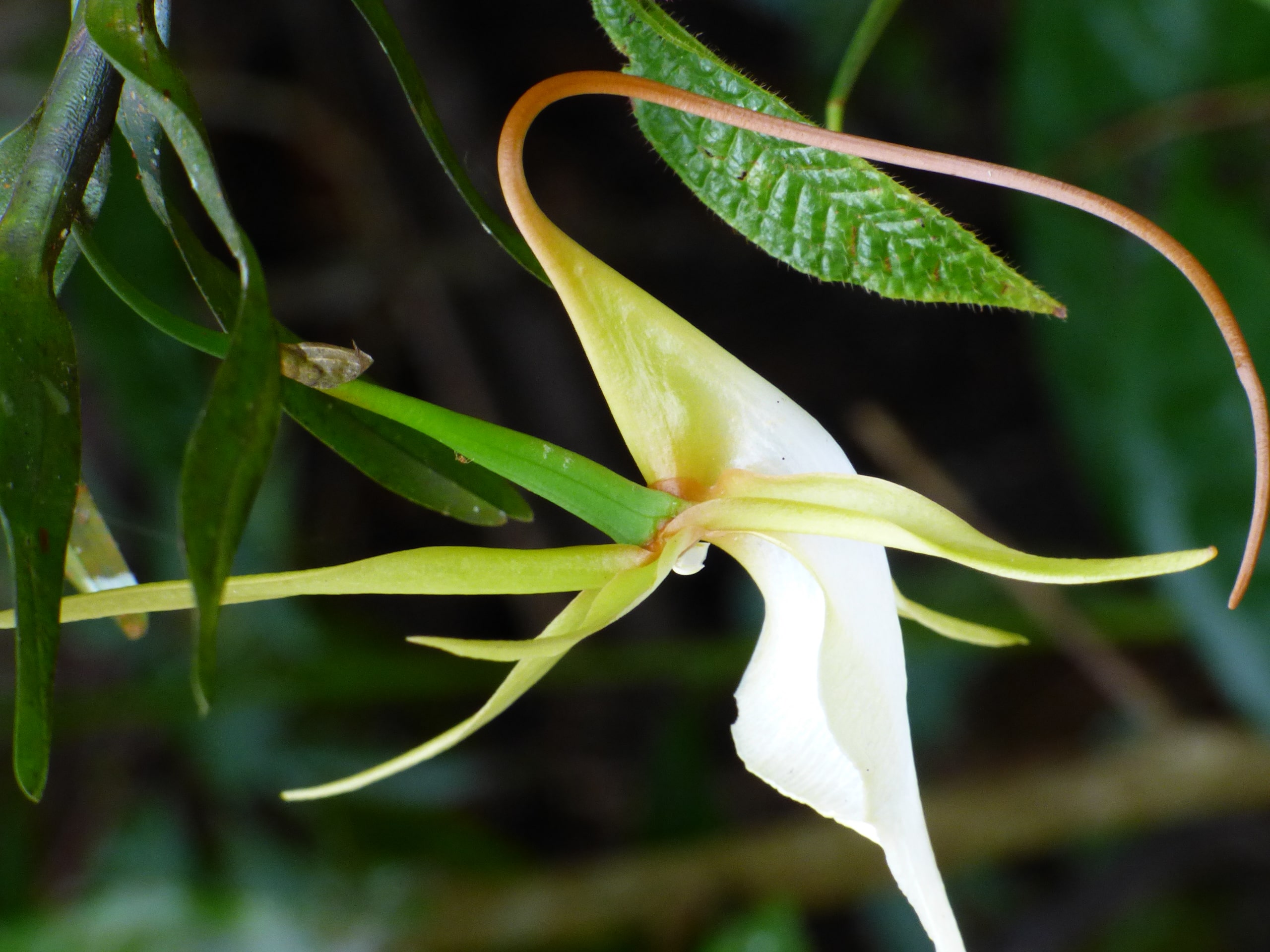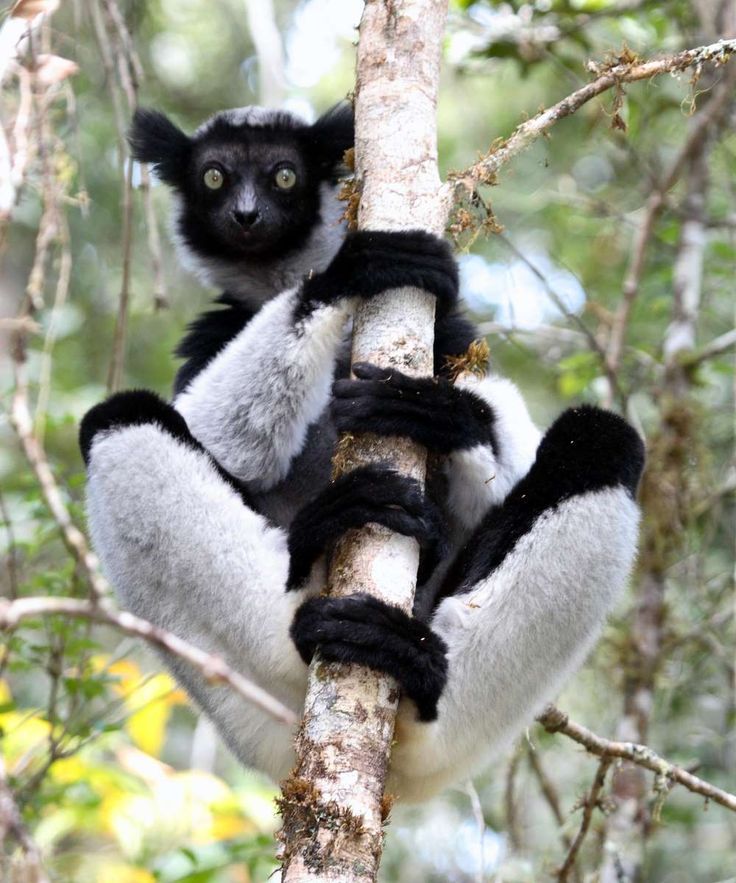
Analamazaotra
On the plan
VISIT US
Depending on your means of transport :
- Ground Transportation
🚗 Direct access via the RN2
Take the RN2 from Antananarivo towards Tamatave.
The route passes through Moramanga, then continues on the same road towards Andasibe (26 km after Moramanga).🛣️ Last few kilometers
Turn left at Andasibe and follow the road to the park entrance. - Maritime transport
🛳️ No maritime access
- Air transport
✈️ No flight connection
🗓️ When to visit Analamazaotra?
🚶♂️ The park is open all year round!
🌞 May to October (dry season): the ideal time to observe wildlife—lemurs, birds, and endemic species—in the best conditions.
🌧️ November to April: lush nature and flowering, perfect for birdwatchers, but with more frequent rainfall.
🌿 Activities available in Analamazaotra
🥾 Hiking
⛺ Camping
🦜 Bird watching
👣 Guided tours
📚 School trips
🚶♂️ Nature excursions🏕️ Reception facilities
🏠 Visitor center: Located at the park entrance, it provides visitors with information on prices, trails, and schedules, and organizes tours with local guides.
⛺ Indri Campsite: Five tent shelters and two large tents equipped with a kitchen area, shower, and toilet.
🦉 Interpretation Center: Learn all about the park, its flora, and fauna through educational materials.
💰 Fees and rates
📄 Consult all rights and rates applicable to the reserve in the reference document below.
ℹ️ Essential information
To make the most of your visit, bring:
🥾 Appropriate clothing: hiking boots, light but covering clothing, waterproof jacket (a few showers are possible even in the dry season)
🦟 Mosquito protection: repellent, cream, or mosquito spray
🔭 Binoculars: ideal for observing animals from a distance
💧 Useful accessories: water bottle, hat, sunglasses📜 Rules of conduct
🚫 No touching animals or buying forest products
🎫 Always bring a ticket with you on each visit
👨🏫 Guided tours with a certified guide are mandatory
The circuits
| Tours | Summary | Difficulty | Duration | Tour plans |
|---|---|---|---|---|
| INDRI 1 | Lémuriens, pandanus, reptile, oiseaux, orchidées | Easy | 2h | |
| INDRI 2 | Lémuriens, oiseaux rare, reptiles, bois précieux, orchidées | Average | 2h | |
| AVENTURE | Lémuriens encore plus sauvages, reptiles, plantes variée | Difficult with steep slopes | 4h | |
| ANIVOKELY | Palmier | Easy | 2h |




